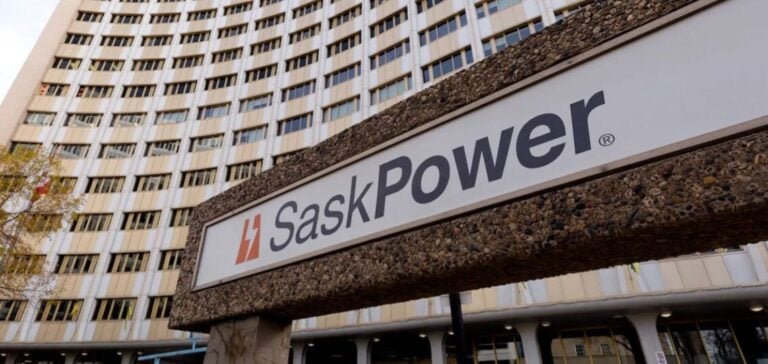SaskPower, the Saskatchewan utility, has announced that it has targeted two “high-potential” sites in the Estevan region for the development of the province’s first small modular reactor (SMR). This identification follows an analysis of the Elbow and Estevan study areas, combined with public consultation and engagement with aboriginal communities, a process that will continue throughout the project.
Detailed assessment of potential sites
The two sites selected, one at Boundary Dam reservoir and the other at Rafferty reservoir, will undergo detailed evaluation. This phase will include the collection of geotechnical and groundwater data, as well as in-depth soil and water analyses. The aim is to gather the information needed to identify a final site while protecting the natural environment by minimizing impacts on sensitive land and habitats. SaskPower aims to select a final host site in early 2025, with a final investment decision expected in 2029. The Elbow study area remains an attractive option for nuclear power development, and the company will continue to seek land options in the area and work with rights holders, aboriginal and municipal leaders, and community members.
Assets of the Estevan region
Rupen Pandya, President and CEO of SaskPower, underlined the many advantages offered by the Estevan region, beyond the technical suitability of the sites. In particular, he cited Estevan’s proximity to existing services, a skilled workforce, accommodation and emergency services, as well as infrastructure, roads and transmission networks. Selecting a site for the first SMR installation will enable SaskPower to move forward with the many site-specific regulatory processes crucial to the project’s progress. Saskatchewan Premier Scott Moe cited existing transmission capacity and workforce continuity as reasons for choosing Estevan over Elbow. Estevan is home to two of SaskPower’s three coal-fired power plants, with a total capacity of over 800 MWe. However, a federal ruling requires all conventional coal-fired units to be phased out by 2030, involving their decommissioning or conversion to carbon capture and storage. Only one of SaskPower’s coal-fired units, the 120 MWe Boundary Dam power station, has been equipped with such technology. Saskatchewan, although responsible for all of Canada’s current uranium production, is not yet using nuclear power. However, SMR technology has been included in its growth plans since the publication of a provincial roadmap in 2019. SaskPower plans to build its first 315 MWe reactor by 2034, potentially followed by another shortly afterwards on the same site. The company has selected GE Hitachi’s BWRX-300 SMR as well as Estonia’s Fermi Energia for potential deployment. SaskPower’s announcement was welcomed by Lori Carr, Member of the Legislative Assembly for Estevan, who sees it as excellent news, bringing greater certainty to the region’s future. She emphasizes the importance of workforce continuity, enabling current employees to envision their future and train while working in existing facilities, a key factor in ensuring future success. The identification of potential sites in Estevan marks a significant step forward in SaskPower’s plan to develop nuclear power from small modular reactors. Detailed site evaluation over the coming months will provide the data needed to select the optimum location, while ensuring minimal environmental impact. With its skilled workforce and existing infrastructure, the Estevan region is well positioned to host Saskatchewan’s first SMR power plant, paving the way for a low-carbon energy transition for the province.






















